Šumarice Memorial Park
Abstract monuments express sorrow and resilience at the site of a horrific massacre in Nazi-occupied Serbia.
Located roughly 90 miles from the Serbian capital of Belgrade, Šumarice Memorial Park is a scenic memorial garden that marks the location of some of the worst wartime massacres committed in Nazi-occupied Serbia.
In 1941, German officers in Serbia ordered the mass execution of civilians as punishment for the actions of local anti-fascist partisan groups. The most horrific single event took place on October 21st that year, with estimates suggesting that anywhere from 3,000 to 7,000 ethnic Serbs were rounded up and shot on this patch of land just outside Kragujevac. Included among the victims were some 300 school children along with their teachers.
The location was turned into a memorial park in 1953, and over the years it would be populated with a number of different monuments and memorial ensembles. These monuments took abstract forms, as different artists each made their own approach to expressing feelings of incalculable sorrow, tempered by a resilient theme of optimism.
A monument titled “Interrupted Flight,” or “Monument to Shot Students and Teachers,” symbolises the young lives tragically cut short in October 1941. Designed by Miodrag Živković in 1963, it marks the location of the mass graves.
The “Stone Sleepers” memorial ensemble is designed to resemble haystacks, in recognition of the local peasants and farmers who were amongst the many victims of these Nazi massacres.
Nearby is the “Monument to the People of Croatia,” or “Circles” monument, designed by Vojin Bakić in 1981. It takes the form of a series of silver disks commemorating those ethnic Croats who were amongst the anti-fascists killed in the Kragujevac region.
Various other memorial ensembles are scattered around this sprawling city park, but the heart of the memorial complex can be found at the red-brick building of the October 21st Memorial Museum. The museum was built in 1976, providing a place of education to reinforce the abstract symbolism of the assorted monuments around the park.
The museum is extremely well managed, with English-speaking guides and a collection of rotating exhibitions. Visitors are shown archive videos, portraits of some of the many victims, and perhaps most movingly, can read through the final words written by those about to executed, in a collection of translated letters that hang on the museum walls.

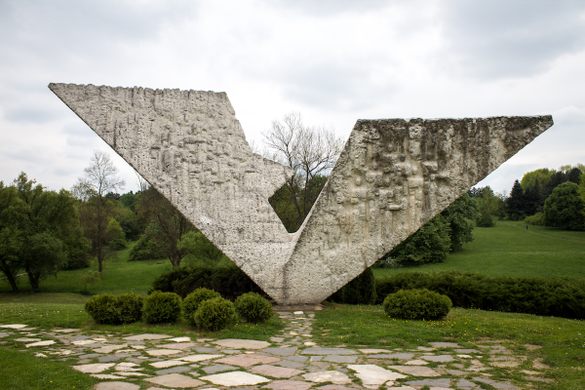
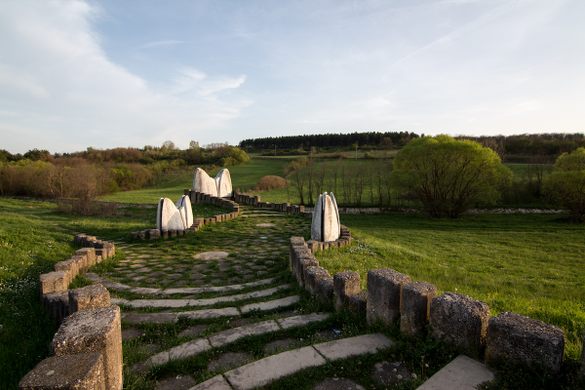

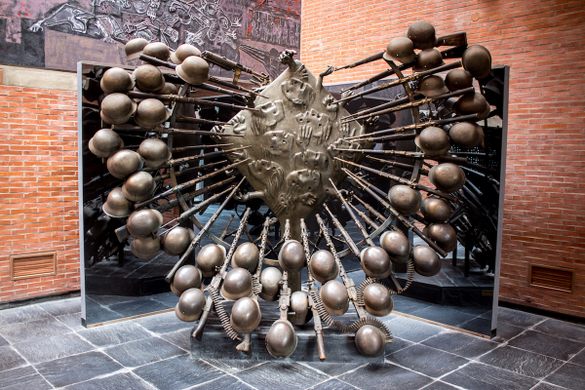


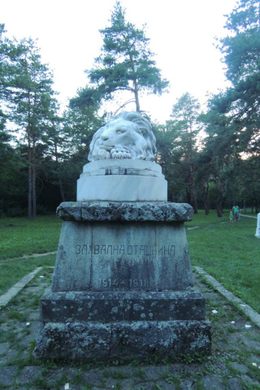







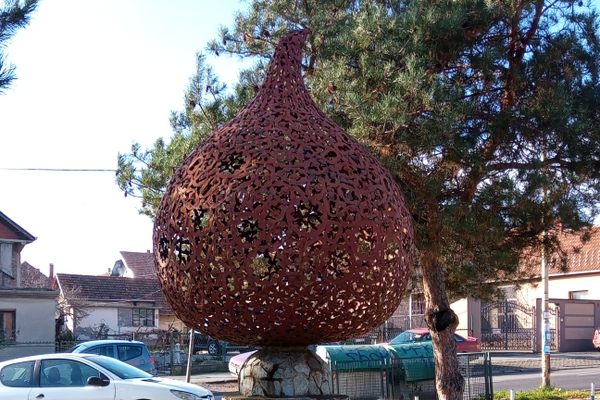
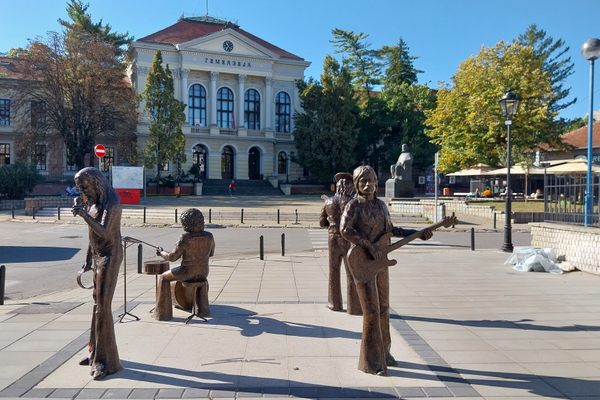
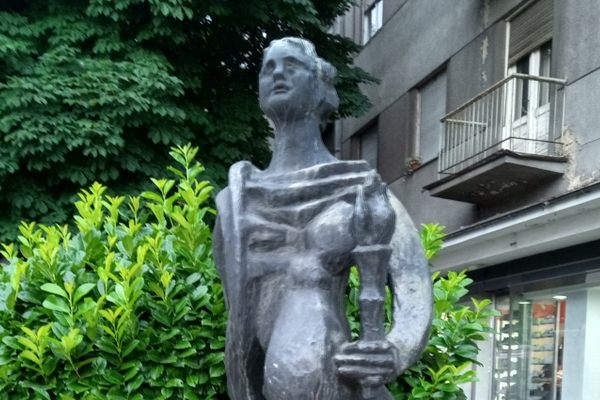

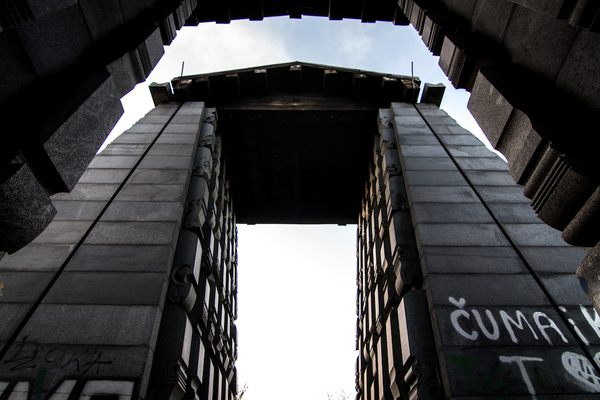
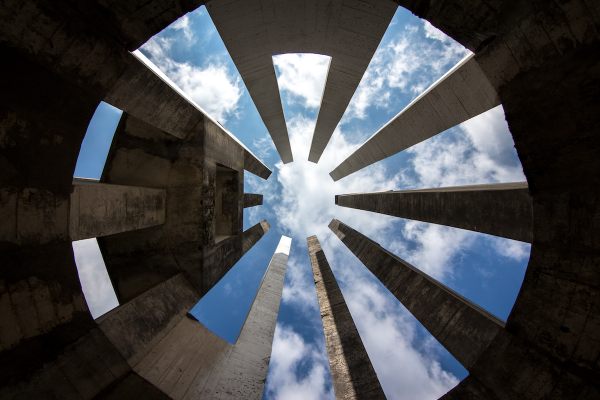
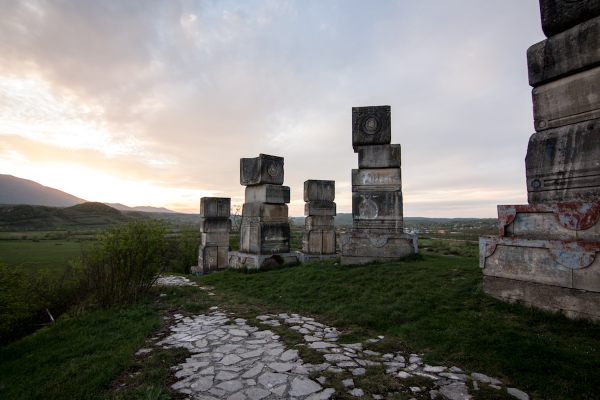
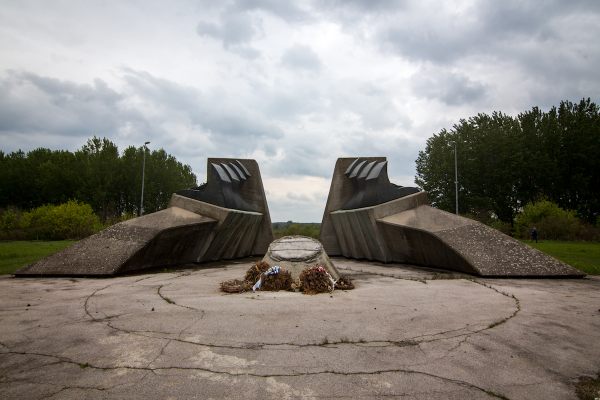


Follow us on Twitter to get the latest on the world's hidden wonders.
Like us on Facebook to get the latest on the world's hidden wonders.
Follow us on Twitter Like us on Facebook